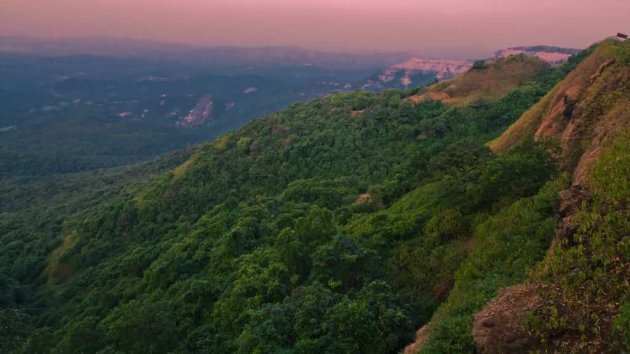Here’s our selection of the 12 most captivating Indian holiday destinations of 2012. Feel free to argue but, most importantly, get up and pack!

India’s northern state of Himachal Pradesh has many great tourist destinations though most of them are now rather over-travelled. The popular hill stations of Shimla, Manali and McLeod Ganj are choked with hordes of holiday-makers who are all probably reading the same travel brochures.
If you’re game for a long walk in true wilderness without subjecting yourself to the harshness of rugged, snow-laden terrain, consider a ten-day trek in the Great Himalayan National Park. Since it is one of the least-walked trails in the Himalaya, there’s awfully little information available. However, travel operators in the Kullu region will be more than happy to guide you along. First off, you need a permit to enter the national park and this can be obtained from the Range Forest Officer at Sainj. The park is bounded by the adjoining valleys of two rivers – Sainj and Tirthan – and the trek takes you through both, inclusive of a hair-raising crossing over a narrow, snowbound ledge.
Don’t worry if you don’t have camping gear, as tour operators will be glad to hire them out to you. It’s enough to bring along a trusty pair of hiking shoes and warm innerwear.
The nearest roadhead is Aut, 60 km from the district headquarters at Kullu. You may choose to enter the park from Neuli or Gushaini, the two end-points of the trek. Both involve long, demanding walks through some of the most pristine Himalayan forests of oak, pine and deodar to a maximum elevation of 13,000 feet. The forest is rich in birdlife and is notable for the sighting of the rare and beautiful pheasant, the Western Tragopan. Lucky trekkers have also reported seeing leopard cats, snow leopards, black bears, Himalayan tahr and the elusive Himalayan musk deer.
October and May are the best times to go. Come back with lungfuls of fresh oxygen and many, many fireside stories.
If you’re game for a long walk in true wilderness without subjecting yourself to the harshness of rugged, snow-laden terrain, consider a ten-day trek in the Great Himalayan National Park. Since it is one of the least-walked trails in the Himalaya, there’s awfully little information available. However, travel operators in the Kullu region will be more than happy to guide you along. First off, you need a permit to enter the national park and this can be obtained from the Range Forest Officer at Sainj. The park is bounded by the adjoining valleys of two rivers – Sainj and Tirthan – and the trek takes you through both, inclusive of a hair-raising crossing over a narrow, snowbound ledge.
Don’t worry if you don’t have camping gear, as tour operators will be glad to hire them out to you. It’s enough to bring along a trusty pair of hiking shoes and warm innerwear.
The nearest roadhead is Aut, 60 km from the district headquarters at Kullu. You may choose to enter the park from Neuli or Gushaini, the two end-points of the trek. Both involve long, demanding walks through some of the most pristine Himalayan forests of oak, pine and deodar to a maximum elevation of 13,000 feet. The forest is rich in birdlife and is notable for the sighting of the rare and beautiful pheasant, the Western Tragopan. Lucky trekkers have also reported seeing leopard cats, snow leopards, black bears, Himalayan tahr and the elusive Himalayan musk deer.
October and May are the best times to go. Come back with lungfuls of fresh oxygen and many, many fireside stories.































